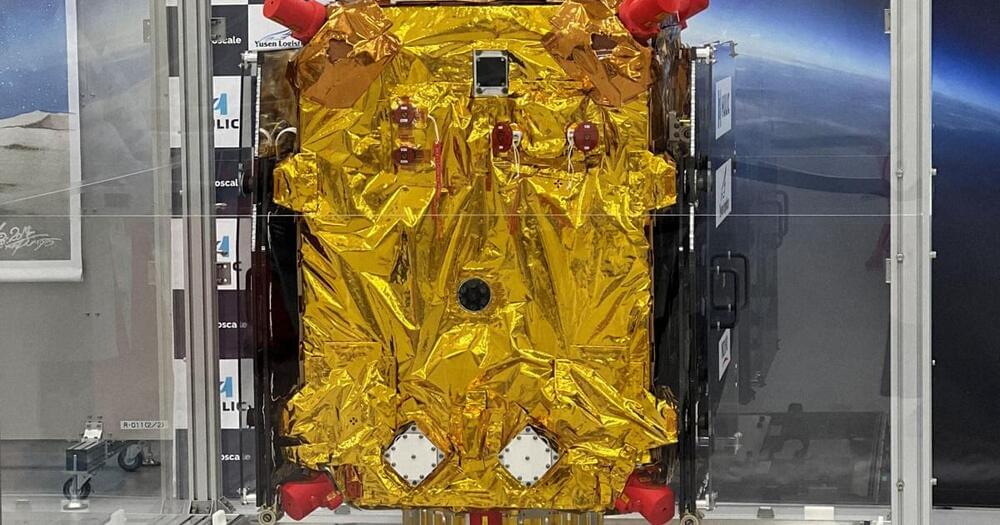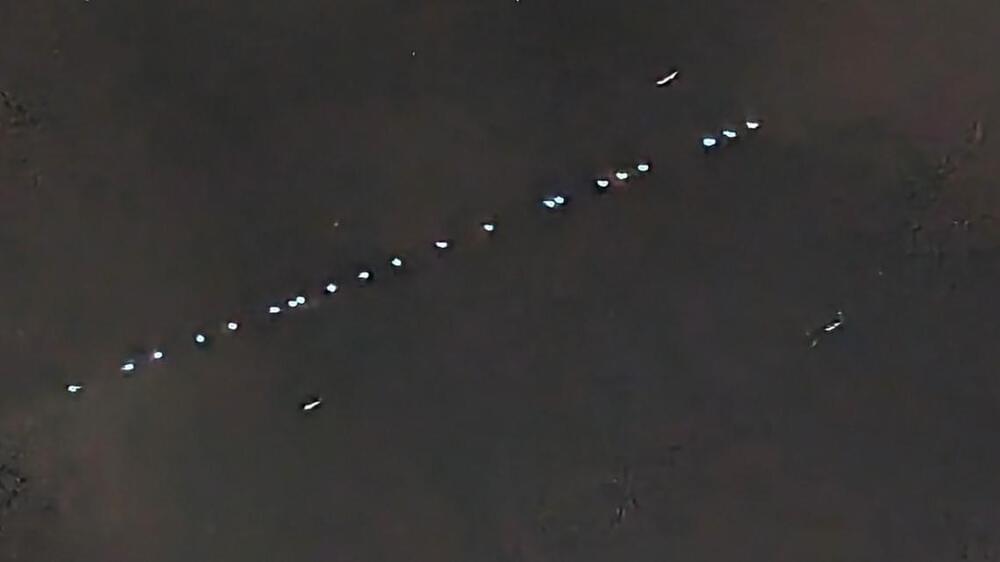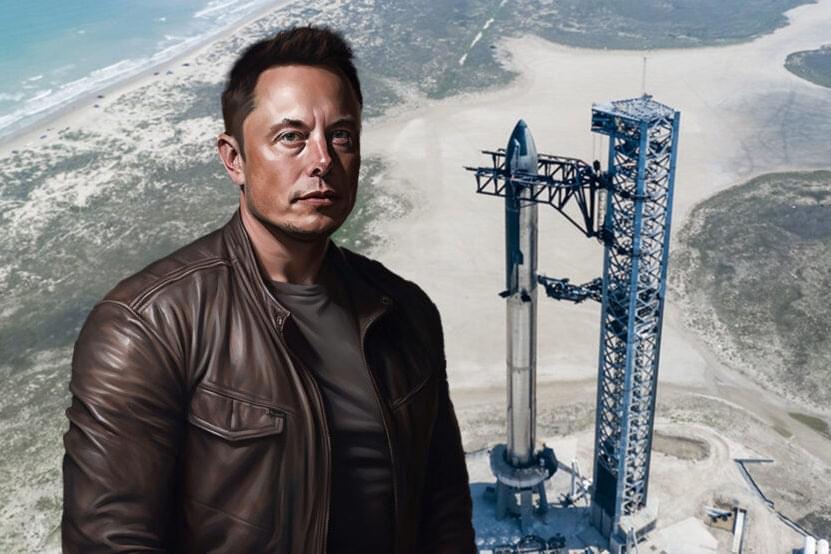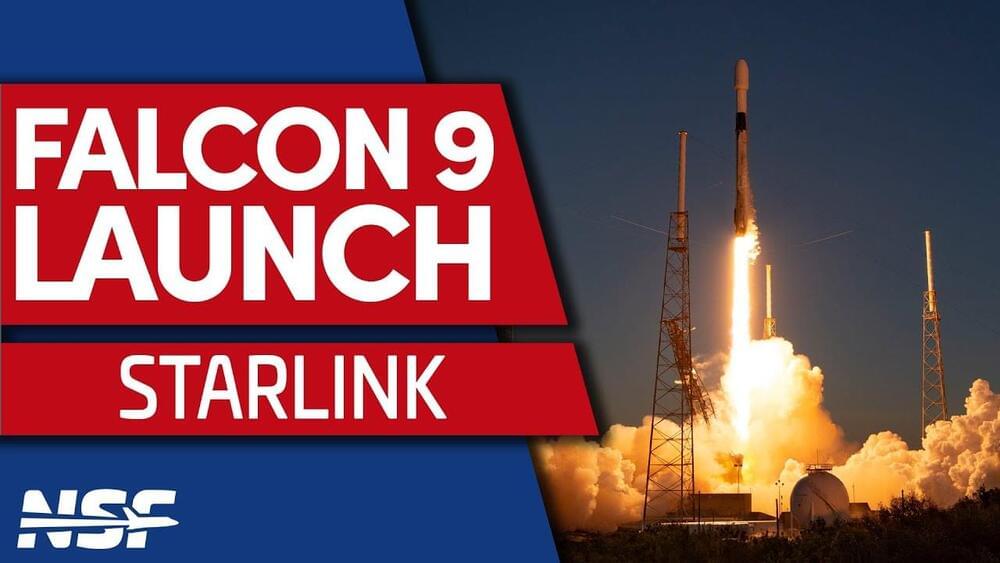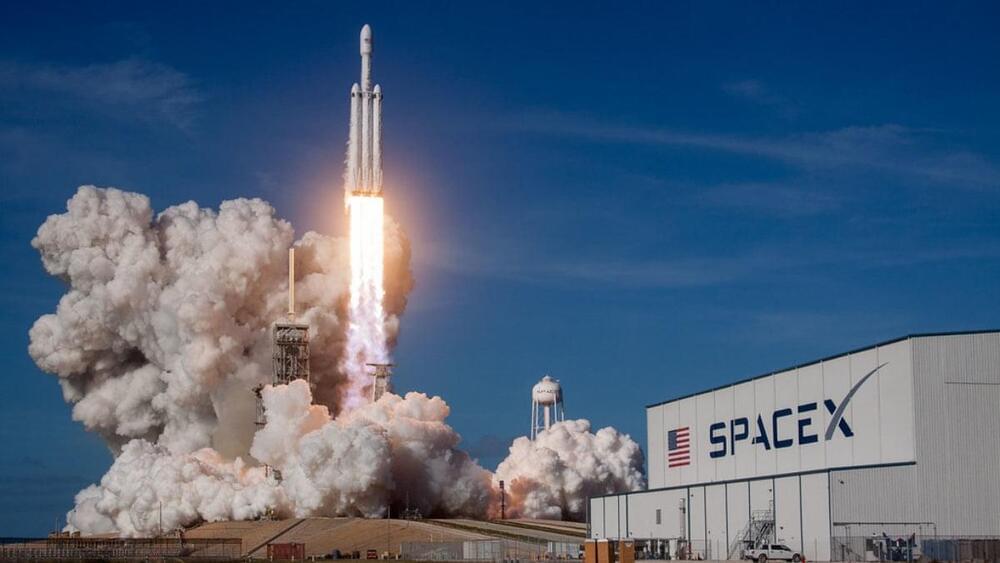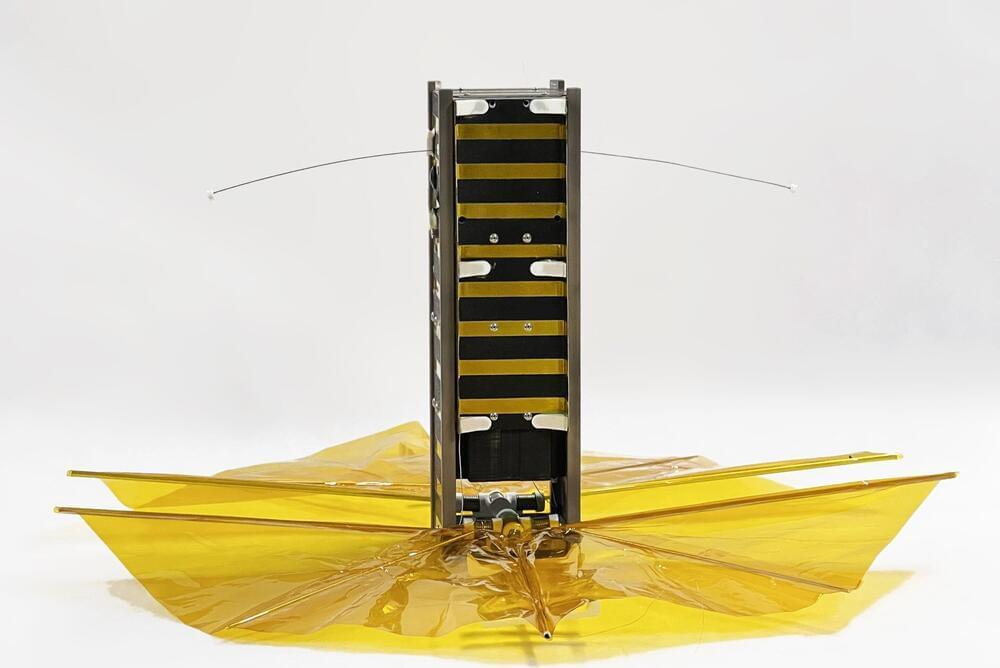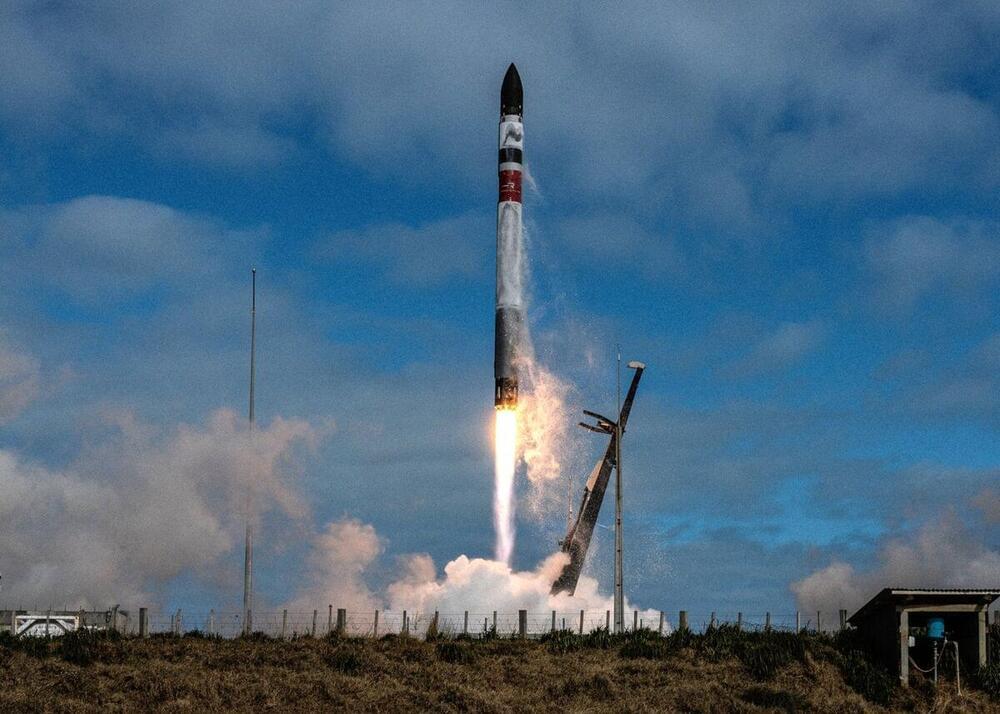Sep 10, 2023
Japan firm unveils satellite with goal to approach space debris in world 1st
Posted by Gemechu Taye in category: satellites
The satellite, dubbed ADRAS-J, was unveiled by Tokyo-based venture Astroscale Japan Inc., which is developing technology to remove space debris including the remains of satellites and rockets that have reached the end of their operational lives.
The satellite is 80 centimeters in length and width, 1.2 meters high and weighs about 150 kilograms. It is scheduled to be launched by a commercial rocket from New Zealand by the end of this fiscal year. The satellite aims to come within a few to several… More.
TOKYO — A demonstration satellite scheduled to be launched within fiscal 2023 that aims to approach space debris, apparently in the first attempt of its kind in the world, was shown to the press on Sept. 7.
